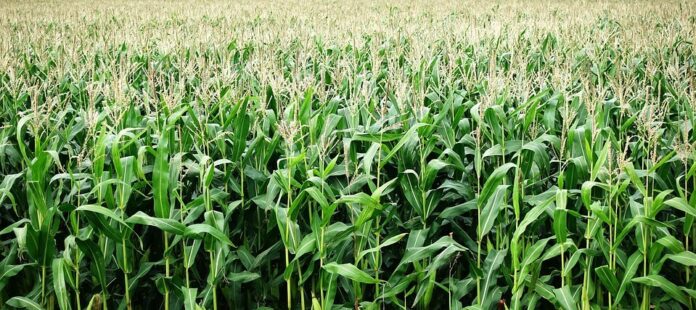Most parts of the lower Eastern parts of Kenya receive below-average rainfall, which affects the viability of crop farming in the region, given over 80 percent of Kenya’s crops are rain-fed.
Due to the erratic rains, many farmers growing maize and beans harvest little produce that is only enough for their consumption but too little for sale.
This has seen some ditch crop farming for goat, sheep, and cattle rearing as they tolerate harsh climatic conditions and fetch better prices.
There are, however, s some crops that do well in low-rainfall areas. These drought-resistant crops are proven to provide an assured harvest even in bad years.
They are fast growing and mature faster early before dry spell sets in. They include:
Top 10 rules to setting up a profitable farming business
Sorghum
This is one of the traditional crops in Kenya and Africa at large. However, growing the crop in Kenya’s dry regions has remained low as farmers put more land for maize production.
The crop is usually in demand in the brewing industry, and those growing it for commercial use are making a kill due to its scarcity in the country. The main varieties grown in Kenya include; Gadam, KARI Mtama-1, Serena, Seredo, and Goose sorghum.
Gadam and KARI/Mtama I varieties are suitable for cultivation in the drier lowlands of Machakos, Kitui, Mwingi, Makueni, Tharaka, Mbeere, Kilifi, Tana River, Marsabit, Moyale, and Kajiado counties.
According to Kenya Agricultural Research Institute(KARI), the gooseneck sorghum grows well in arid zones such as Mandera, Garissa, and Marsabit as it recovers quickly from moisture stress.
And just like the Serena variety, gooseneck sorghum suffers less bird damage and can be intercropped with cowpeas.
Key to note is that the crop grows poorly on sandy soils, except where a heavily textured subsoil is present.
Maize
While many farmers in the ASAL areas have struggled with low yields in maize farming, growing the right variety can produce a promising yield.
These are the 6 crops that will make you a millionaire quickly
Suitable maize varieties developed for Kenya’s semi-arid zones include; Katumani Composites, Makueni composites, and Coast composites.
The Katumani Composite-B maize is a fast-growing variety, which is fairly short and produces short cobs. It is a drought-escaping variety maturing within 90-120 days.
The DLC1 (Makueni) maize variety flowers earlier than Katumani Composite-B by about 4-7 days. It is shorter but more prolific. These maize varieties can produce with less than 350 mm of seasonal rainfall.
It is more drought tolerant than Katumani Composite-B, and just like the Pwani composites, it has a good husk cover hence reducing crop loss through bird, weevil attacks, and ear rots.
Pigeon Peas
They are widely adaptable and drought-resistant legumes suited to semi-arid zones. Pigeon peas can be intercropped with other crops like maize, sorghum, cowpeas, beans, or cassava.
The maturity period of this crop range between 136-150 days. The potential grain yields range from 1200-1500kg/ha in one season and 3000kg/ha in two seasons.
Pigeon peas are rich in vitamins and other nutritional elements. They can be cooked alone and served with various foods, e.g., rice, or mixed with grains like maize as “githeri.”
Most profitable cash crops grown in Kenya
Cow Peas
Cowpea is an important pulse crop for improving food security and nutrition in dry areas having low and erratic rainfall. The maturity period of cowpeas ranges between 80-90 days, and the potential yield is 800-1700 kg/ha. The most grown variety is KVU 27-1 which is dark red in color.
Green grams
Green grams are a popular legume especially grown as a cash crop. The two varieties recommended for cultivation in semi-arid areas are Katumani mung bean 22 and Katumani mung Bean 26.
These varieties are said to have good taste, look, and a higher yield. The Katumani mung bean 22 is distinguishable by its golden yellow grains, which give it a higher market appeal.
It is short-duration and matures in 80-90 days. Potential yield range from 1000-1300kg/ha. On the other hand, the Katumani mung Bean 26, which is the most popular, matures in 60-65 days.
Its potential yields range between 300-1500kg/ha and perform well in well-drained sandy, loamy soil.











